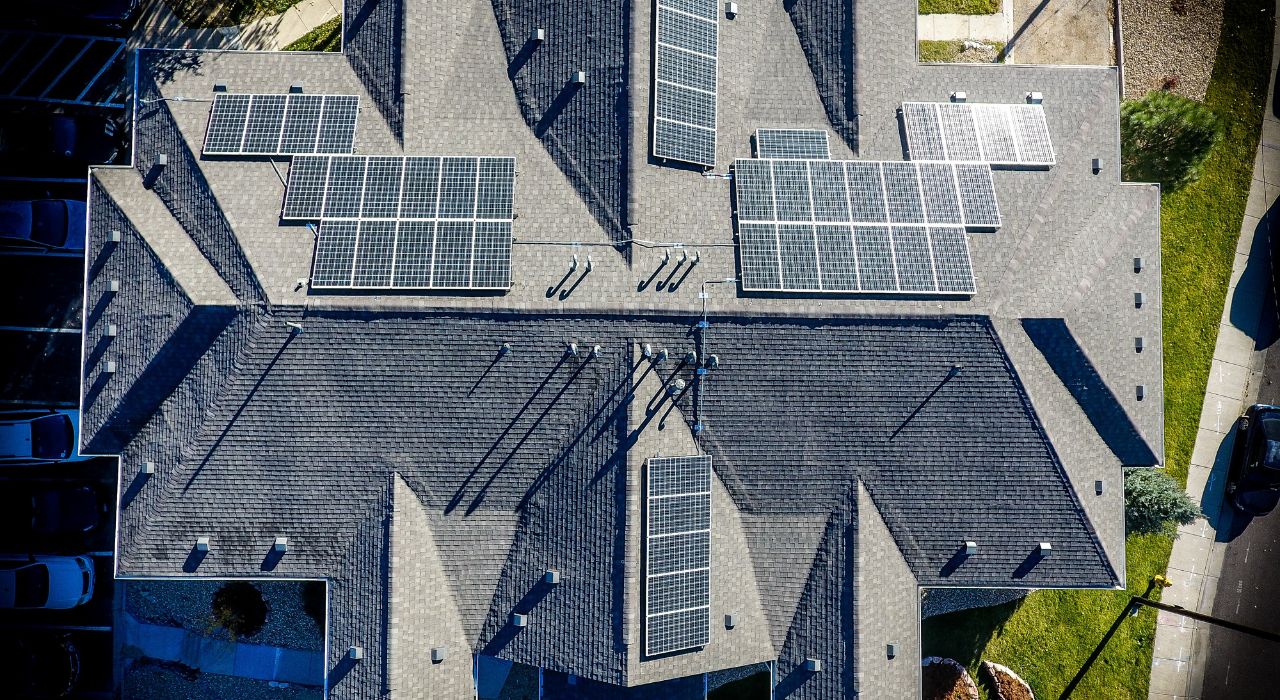
How Do Residential Solar Panels Work- Simple Guide for Homeowners
With energy prices rising across Australia and climate concerns on the rise, more homeowners than ever are turning to solar panels as a smart investment. But how do residential solar panels actually work? If you're considering solar for your home but feel overwhelmed by the technical jargon, you're not alone.
In this easy-to-understand guide, we’ll break down the process of how residential solar panels work — from sunlight hitting your roof to powering your appliances — in a way that’s practical and relevant for everyday homeowners in Australia.
What Are Solar Panels Made Of?
Solar panels are made up of photovoltaic (PV) cells, which are usually made from silicon. These cells are designed to capture sunlight and convert it into electricity. Multiple PV cells are grouped together to form a solar panel, and several panels are combined to create a complete solar power system for your home.
Each panel is protected by a durable glass casing and built to withstand Australian weather conditions — from summer heatwaves to winter storms.
Step-by-Step: How Solar Panels Generate Electricity
Step 1: Sunlight Hits the Panels
When sunlight hits the PV cells on your roof, it excites the electrons inside the silicon cells. This movement generates direct current (DC) electricity — a raw form of power not yet usable in your home.
Step 2: The Inverter Converts DC to AC
The solar inverter is one of the most important components of your system. It takes the DC electricity from the solar panels and converts it into alternating current (AC) electricity — the type used by all your household appliances, from your kettle and air conditioner to your washing machine.
There are several types of inverters available, including string inverters, microinverters, and hybrid inverters (ideal if you’re pairing your system with a battery).
Step 3: Power Flows into Your Home
Once converted into AC electricity, the power flows into your home’s switchboard, where it's distributed to power your lights, appliances, and devices. This process is automatic and instant — your home uses solar energy first before drawing power from the grid.
What Happens to Extra Solar Power?
One of the biggest benefits of going solar in Australia is the ability to generate more electricity than you use — especially during the sunny hours of the day.
Option 1: Feed It Back to the Grid
If you don't have a solar battery, the surplus electricity your system generates is sent back to the grid. In return, you receive a feed-in tariff (FiT) — a credit on your electricity bill for each kilowatt-hour (kWh) of power exported.
Feed-in tariff rates vary depending on your energy retailer and state, but it’s a great way to reduce your overall power bill.
Option 2: Store It in a Battery
More Aussie homeowners are now installing solar batteries to store excess energy and use it at night or during blackouts. With incentives like the 2025 Federal Battery Rebate and state-level programs, adding a battery has become more affordable and appealing.
Why Solar Works So Well in Australia
Australia is one of the sunniest countries in the world, making it ideal for solar energy. In fact, most Australian homes with well-positioned panels can generate more than enough electricity to meet their daytime needs.
Add in government rebates, dropping panel prices, and the rising cost of grid electricity, and it’s no wonder solar is booming in suburbs from Adelaide to Brisbane.
Monitoring Your Solar System
Modern solar systems often include real-time monitoring tools — usually through an app or online portal. These tools show you:
- How much electricity your panels are producing
- How much you’re using
- How much is being sent to the grid or stored
This insight helps homeowners understand and optimise their energy use, making sure you get the most from your investment.
Key Benefits of Solar for Homeowners
- Lower Power Bills: Use free solar energy instead of expensive grid power.
- Protect Against Price Hikes: Lock in long-term energy savings.
- Reduce Carbon Footprint: Help fight climate change with clean, renewable energy.
- Boost Home Value: Solar-equipped homes are more attractive to buyers.
- Access to Rebates: Take advantage of federal and state incentives, like STCs and battery rebates.
Common Myths Debunked
- “Solar doesn’t work on cloudy days.” – Panels still produce power under diffused sunlight, just at a reduced rate.
- “I need to be home during the day to benefit.” – Batteries or smart usage strategies (like running appliances during daylight) make it worthwhile.
- “Solar is too expensive.” – With incentives and low-interest finance options, most systems pay for themselves in 3–5 years.
Final Thoughts: Solar Is Smarter Than Ever
Understanding how solar panels work gives you the confidence to make an informed choice. Whether you're thinking about installing panels or just curious about technology, the benefits are clear: lower bills, cleaner energy, and a brighter future for your family and the planet.
With Australia leading the solar charge globally, now is the perfect time to harness the sun — especially with trusted providers like AR Energy – Best solar company in Adelaide offering tailored solutions for Australian homeowners.
Contact AR Energy for a free solar consultation and discover how easy it is to power your home with sunshine.



.jpg)